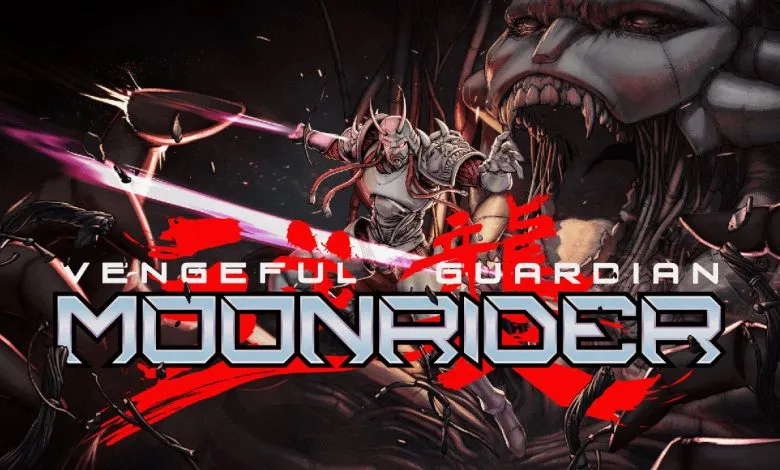
VENGEFUL GUARDIAN: MOONRIDER
Disclaimer:This text contains love for retro things and product placement name-dropping.
Many independent developers have tried over the years to make 2d sidescrolling platformers that encapsulate the essence of titles from the 80's and 90's which had an addicting simplicity, balls to the wall action and challenge. There was a wide variation in the end result, as even among those that were deemed competent, there were a few that in one or more aspects didn't capture the authentic feeling of gaming in those decades. The ones that did manage to give the authentic experience included games like href="reviews/item/shovel-knight-pc-review/" target="_self">Shovel Knight, Cursed Castilla, The Messenger, etc. As for creators who dilligently followed these tenets and consistently delivered such games, then few could take as much pride as the guys from Brazilian developer JoyMasher.
Their first outing was the awesome Oniken, which had obvious influences from Ninja Gaiden (it's pronounced Guy-den, OK??) and of course a lot of challenge, great stage variety and macho aesthetics. Their sophomore effort, Odallus: The Dark Call, was a different offering with its gameplay compass pointed towards the more open level design of Demon's Crest and Castlevania: Rondo of Blood. After that, came a rather expected progression in the technical section and a transition into the 16-bit era with Blazing Chrome, an ode to Contra III and Contra: Hard Corps. The journey into that era continues with their most recent game, Vengeful Guardian: Moonrider (henceforth, Moonrider for brevity).
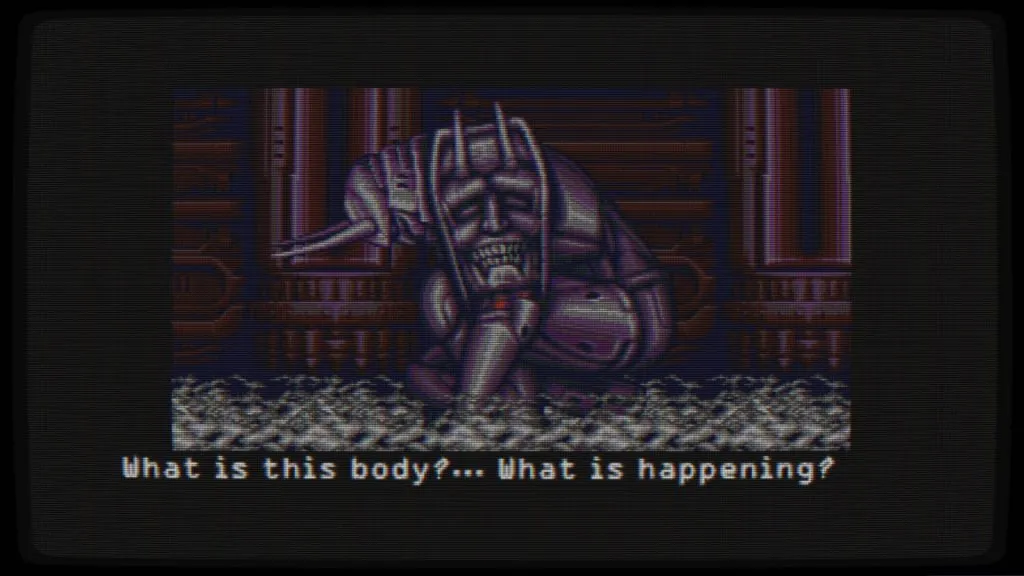
The story in Moonrider is very typical for the genre. An artificial intelligence, named Moonrider, created to preserve the order in an authoritarian regime, is "awakened" and questions its existence and the orders it has been given. The script is presented through some cut-scenes between levels, as well as the occasional, and at times, naive dialogue with the game's bosses, but let's be honest here. We weren't expecting much in this regard. Robots, ninjas and savage slaughter of opponents is all we need. Rad stuff that we like, reminiscent of a nostalgic, bygone era! The feeling Moonrider leaves you with is not much different from similar games that came out back then.
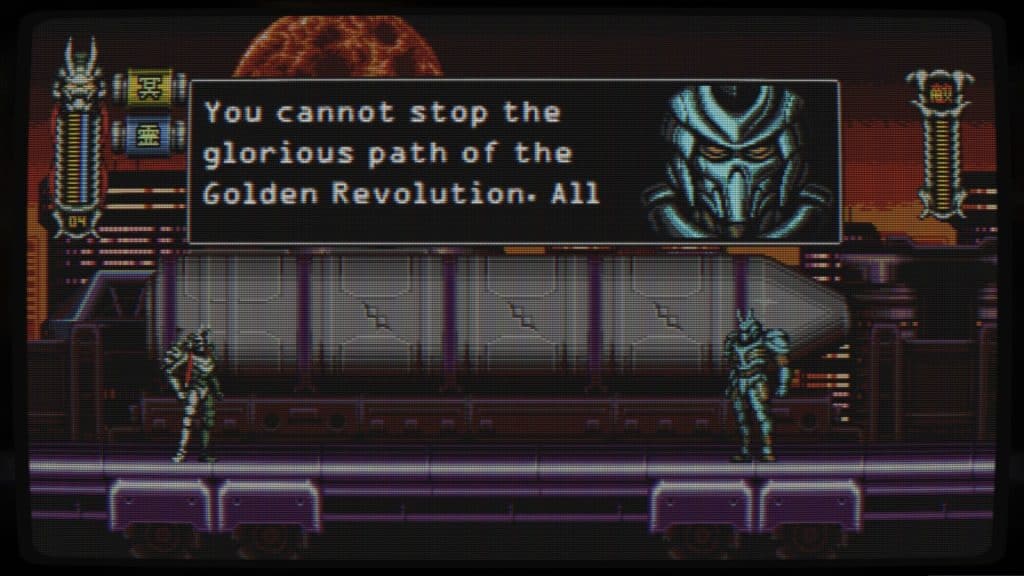
The influences this time originate from action games like Mega Drive's Shinobi and Super Nintendo's overlooked gem, Hagane: The Final Conflict (I'd advise against checking prices on Ebay to avoid having a stroke, but you're going to anyway, right?). Especially in the moveset, it becomes quite apparent to anyone who's had even a little exposure to the aforementioned games. More specifically, Moonrider has the basic moves, jump-run-attack. While running, a dash attack can be performed for more damage, and while in mid-air we can land a powerful kick to the heads of our hapless opponents, which also serves as a tactic to avoids projectiles we can't deflect with our sword.
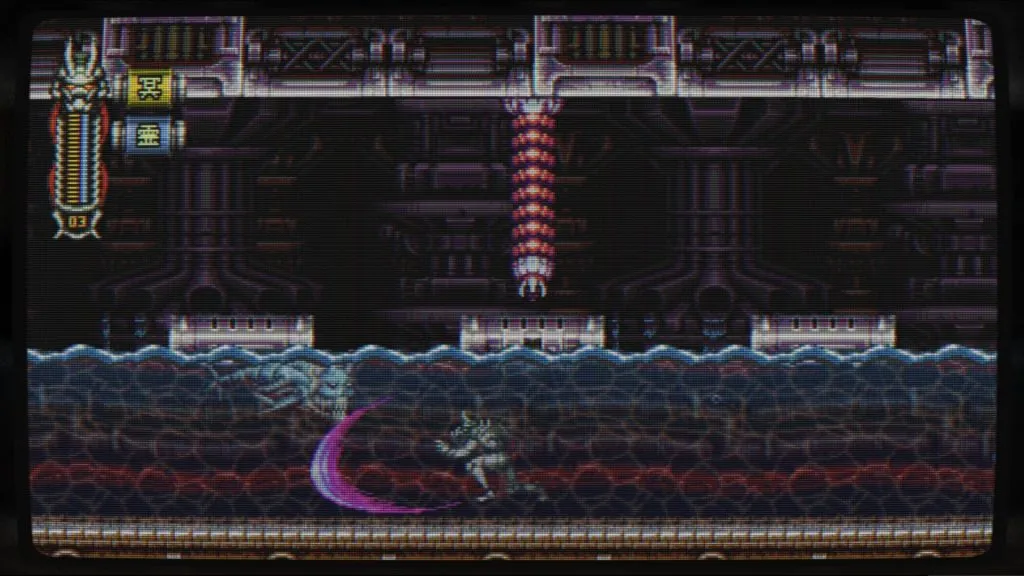
Add to this the wall jump that works great for platforming and you overall have controls that (once again) are fluid and respond instantly to your inputs. On the offensive side, significant assistance provide the various sub-weapons, acquired after a showdown with each of the game's bosses, as is the case in the Mega Man series. Finally, the progression in the game is also reminiscent of Capcom renowned series, as besides the starting level and the last two, the remaining six can be played in any order. The levels, although linear, hide some secrets in the form of upgrades (a maxiumum of 2 can be active at any given time) that make things easier. However, there is some lack of balance in the sub-weapons, with one in particular being devastating, both against regular enemies and bosses, overshadowing the usage of the others.
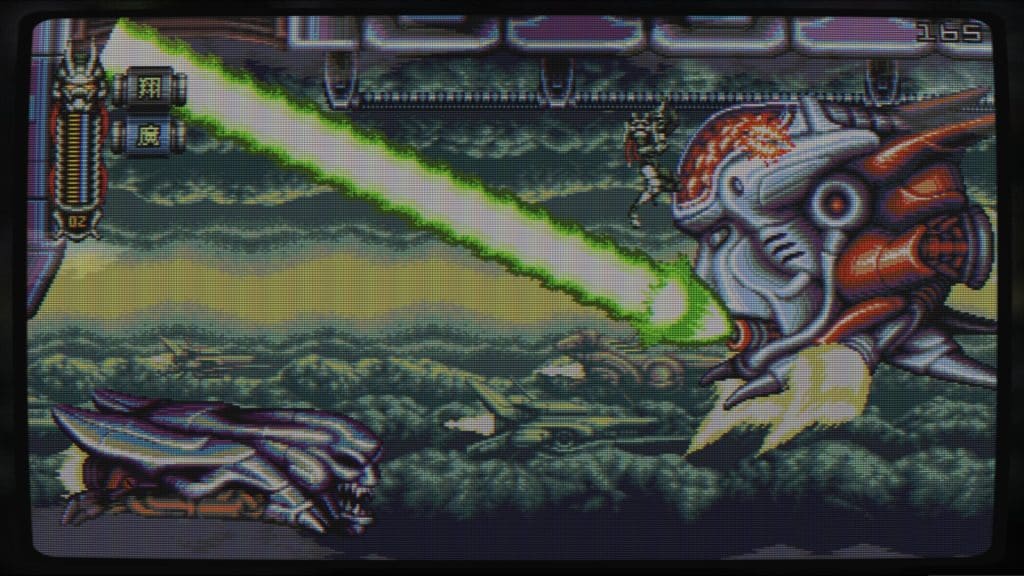
The technical aspect does not require any major breakdown. The sprites are highly tasteful and the environments are full of details (the CRT filter is recommended for a more accurate display). Multiple levels of parallax scrolling and scaling techniques are employed, especially in the pseudo-3d sequences of the game, giving a liveliness to the otherwise dull, pixelated version of this futuristic dystopia. One objection I initially had was pertained to the sound - not the quality of effects and compositions, that is solid - but to its clarity which seemed out of place with the era the game is trying to emulate. Later on I remembered the results the Sega CD could produce and everything fell into place.
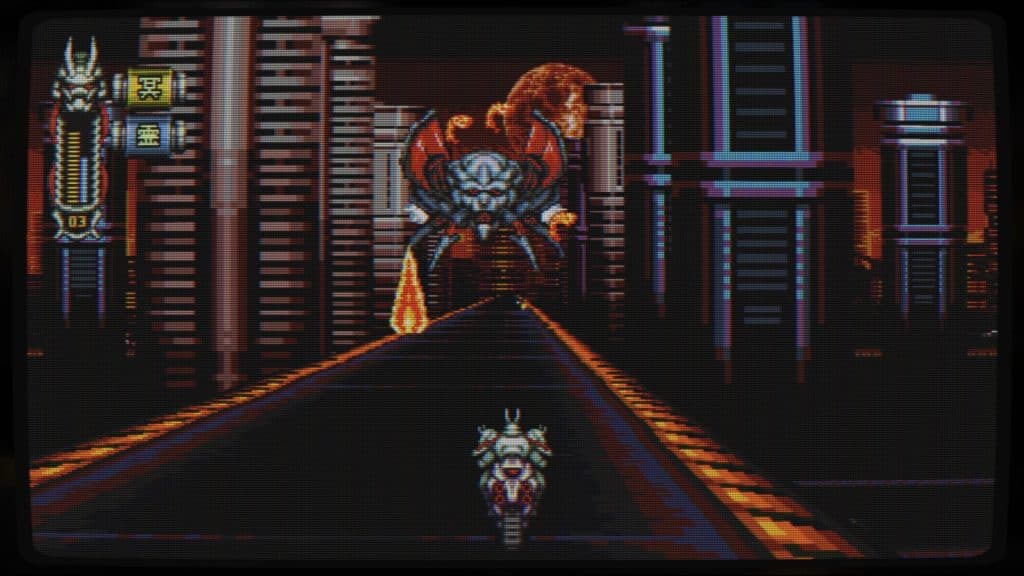
And the time has come for some constructive grumbling. In their previous games, the devs had struck a good balance between fun and challenge, but they were not carried away by nostalgia mode and make them sadistically diffuclt, as was the case for several old games in the category. In Moonrider, on the other hand, the challenge has been reduced considerably. With the exception of, perhaps, a few bosses, the game is fairly beginner-friendly. The real challenge lies in getting through the stages with an S rank (time under 10 minutes, no lives lost), which is ultimately easier than it seems, as Moonrider is built with speedrunning in mind.
Vengeful Guardian: Moonrider has been made with care and it can be regarded as another successful effort from these developers, serving the faith of retro games recreation, tirelessly. If you're looking for action, solid controls, satisfying duration and impressive pixel art presentation, you'll find it here. We were a little bummed out by the below average (for the most part) difficulty, but it's not something that takes a serious toll on the overall experience.
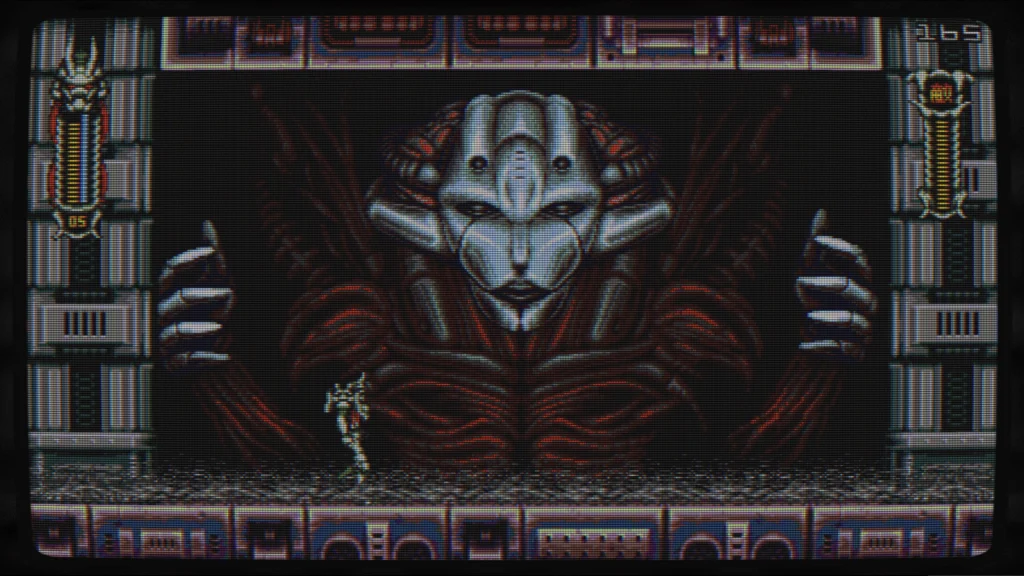
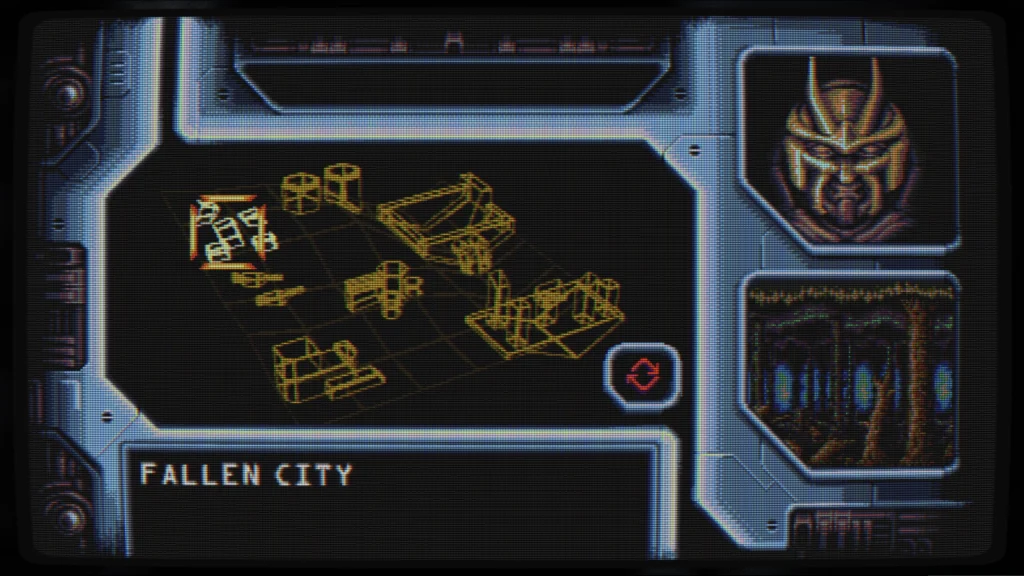
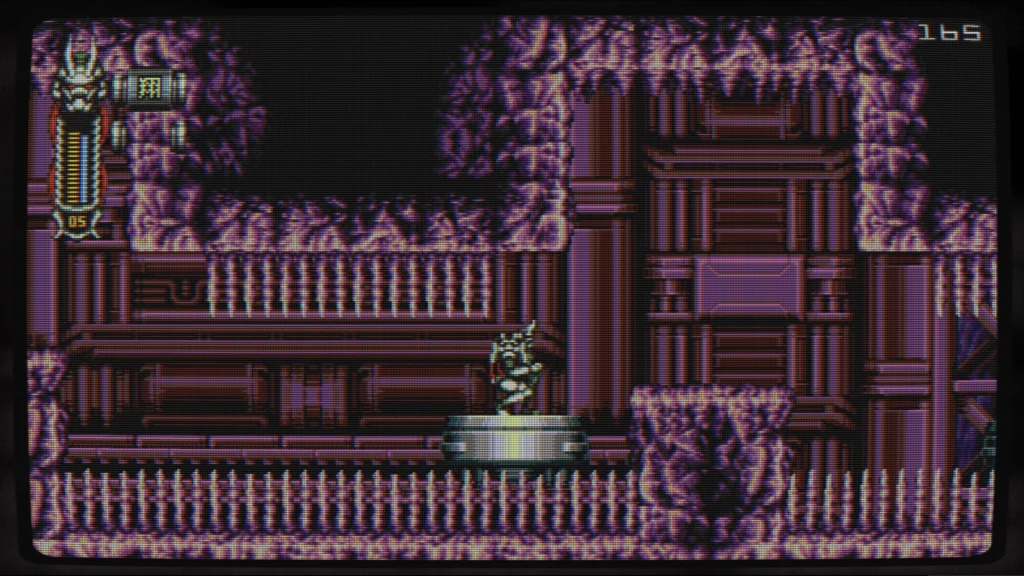
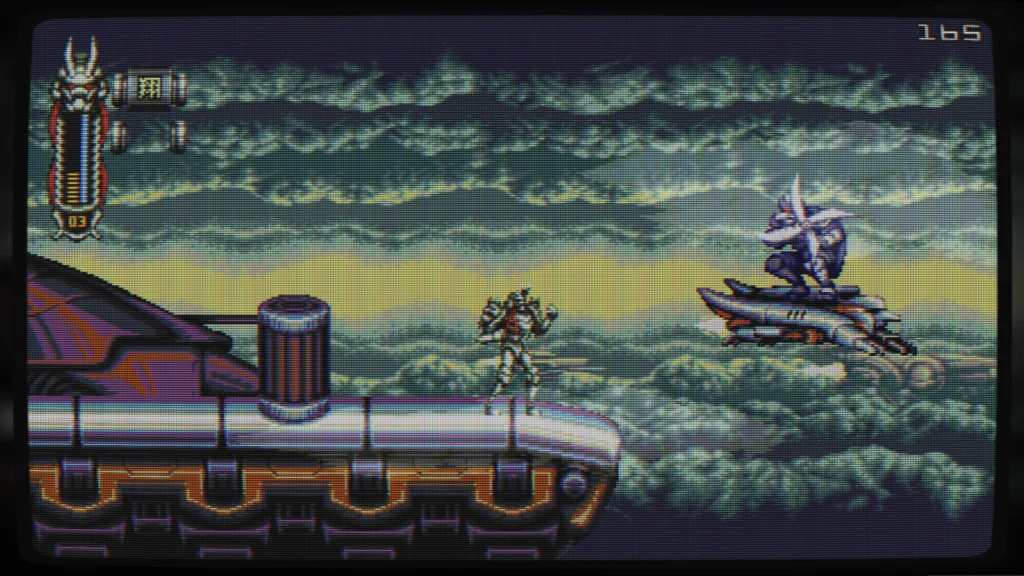
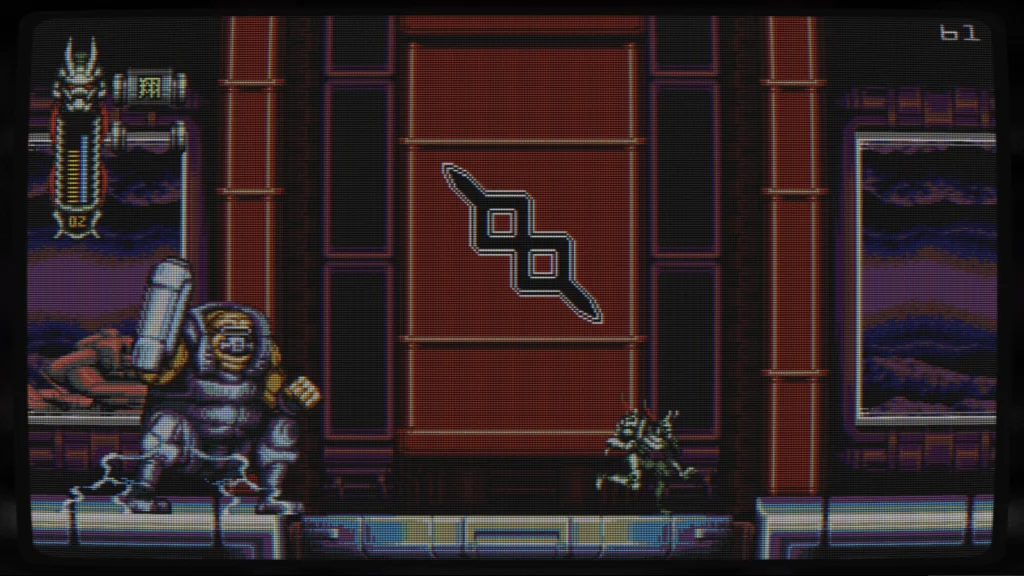
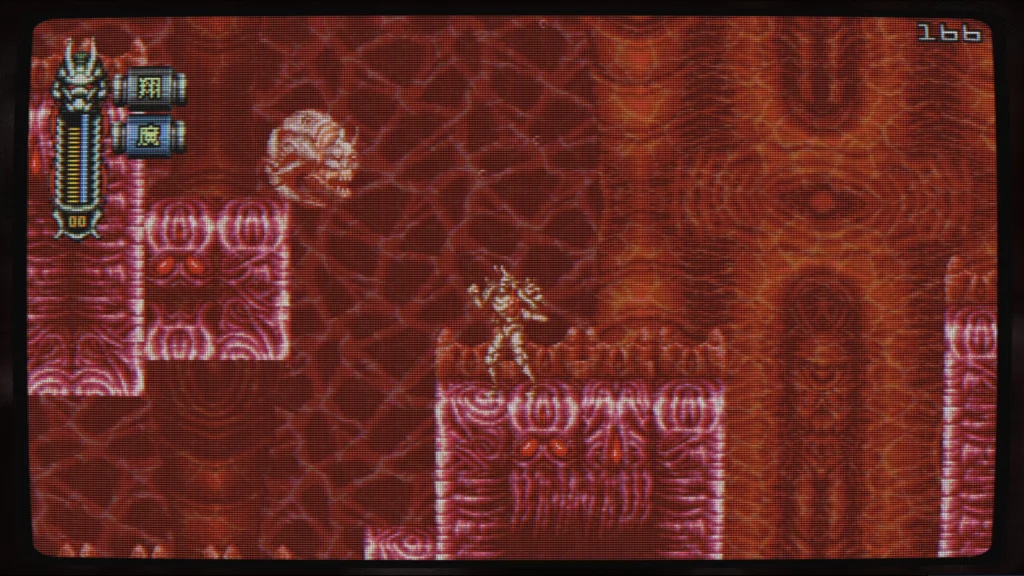
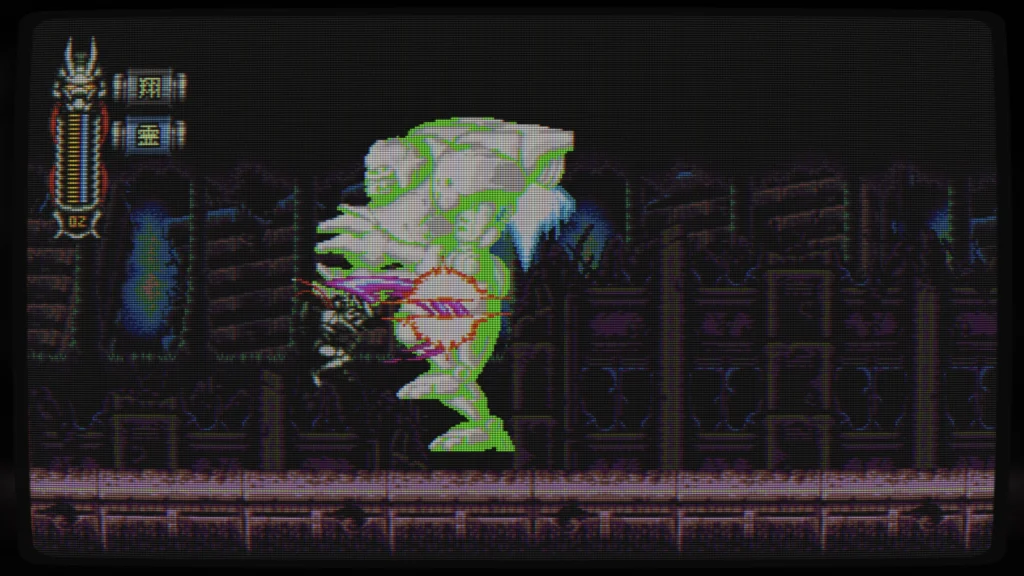
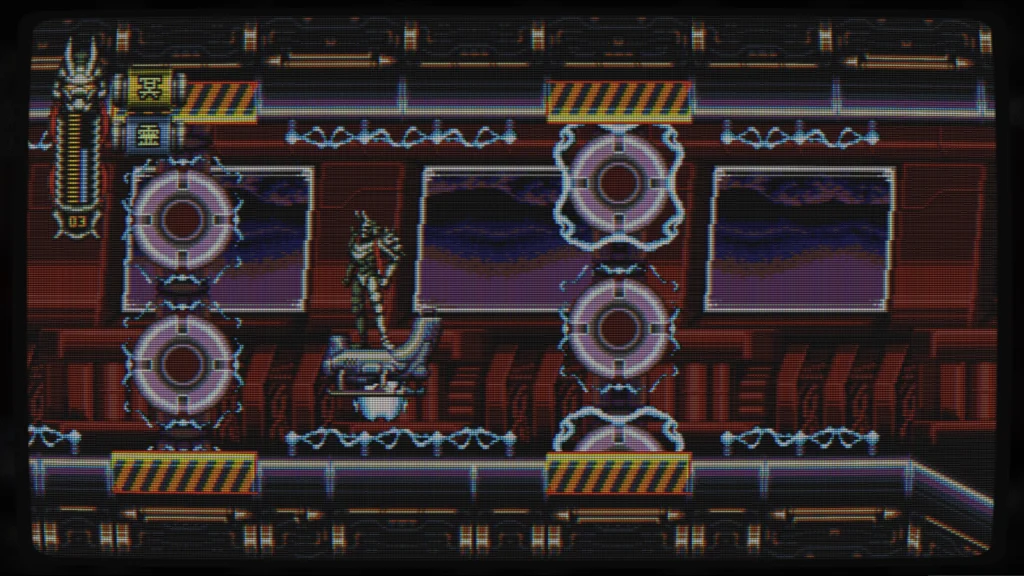
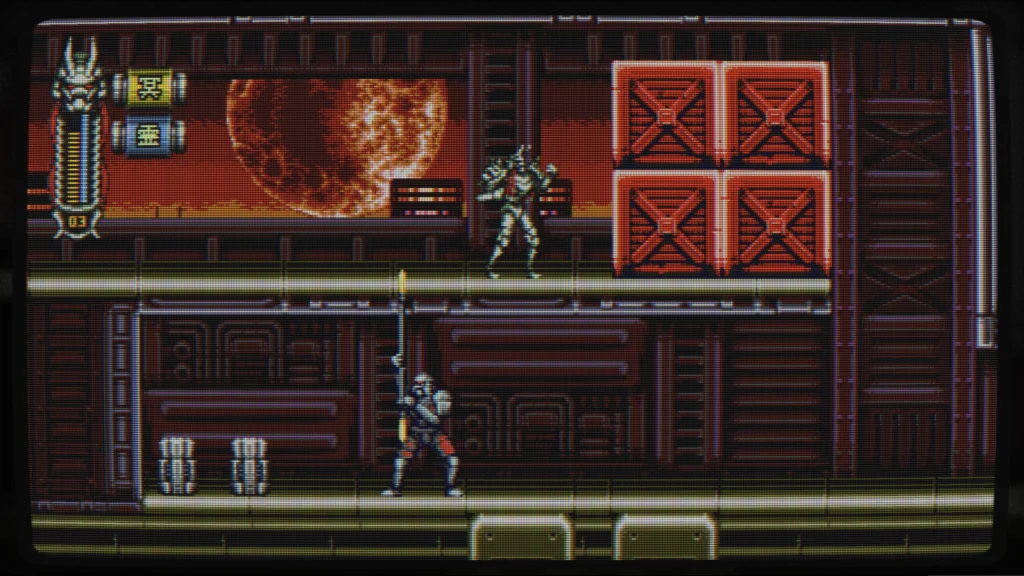
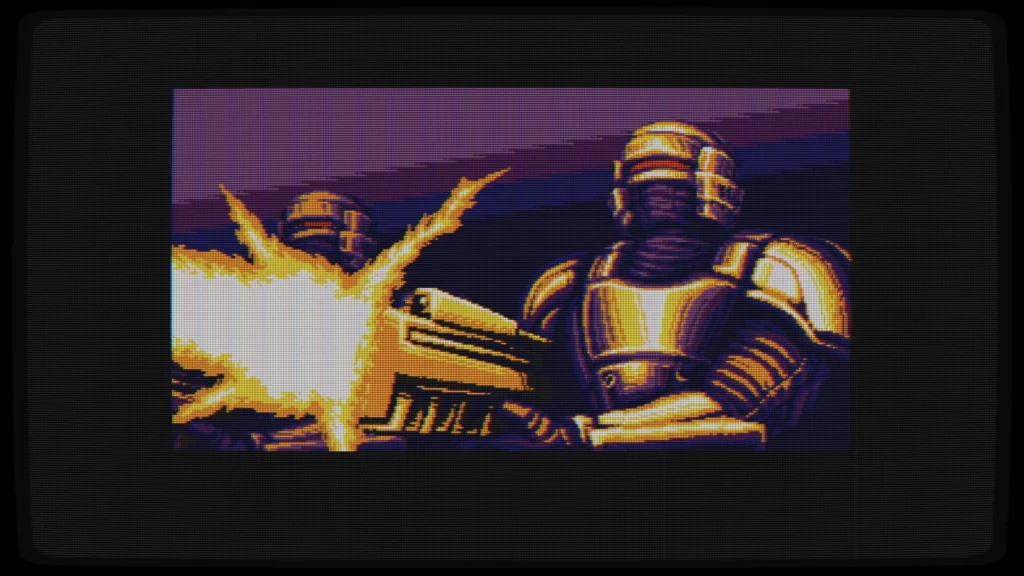
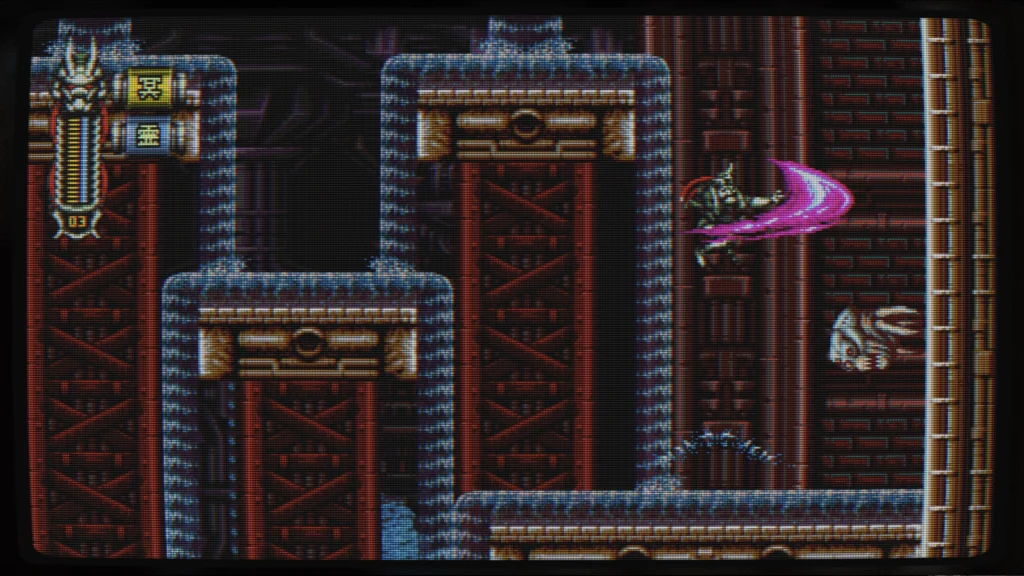
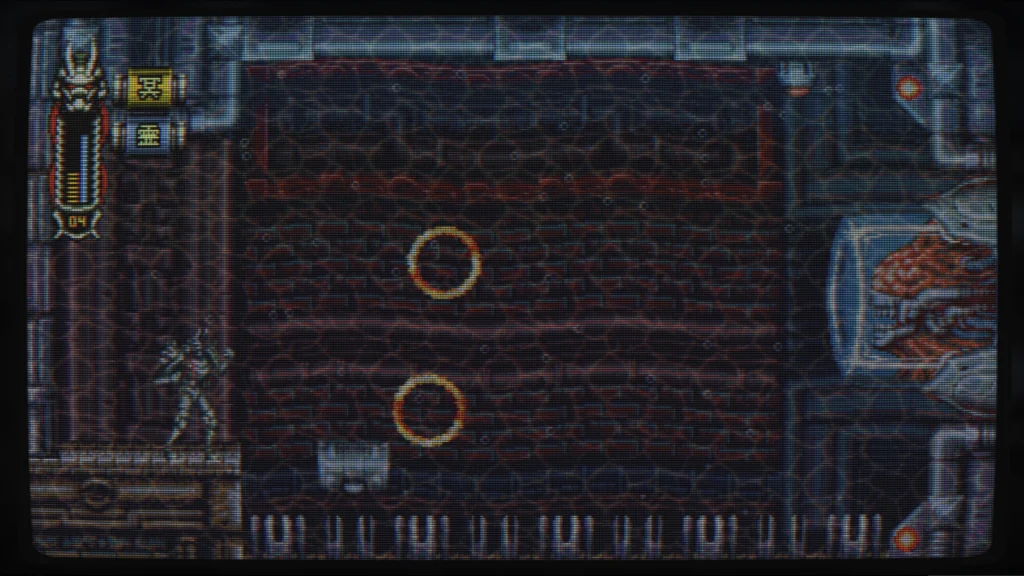
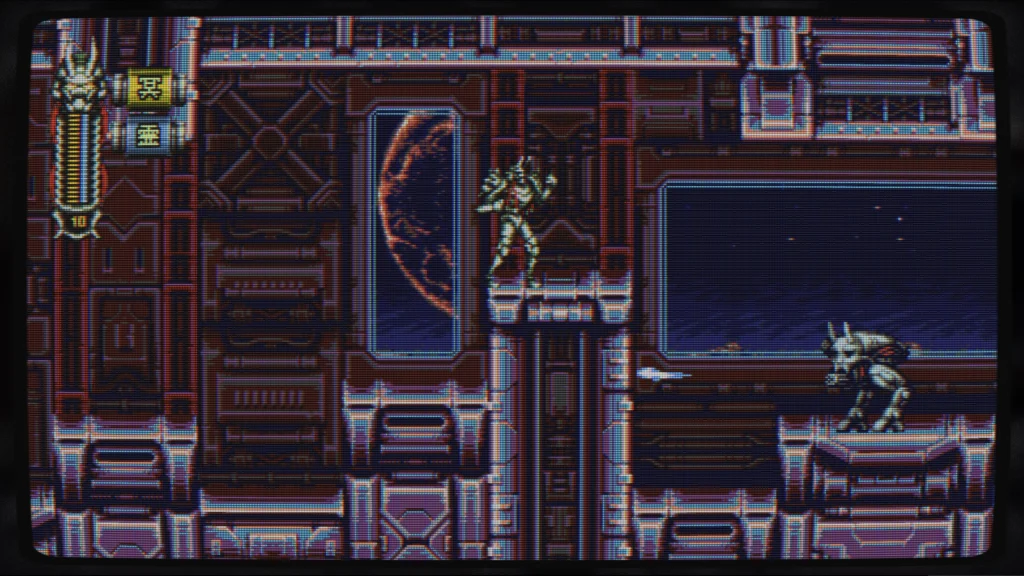
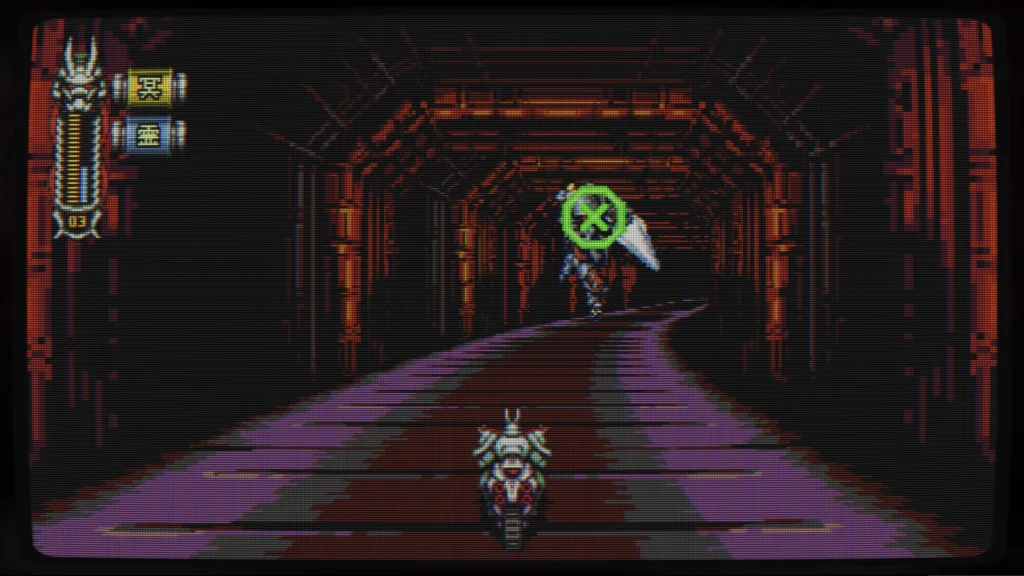
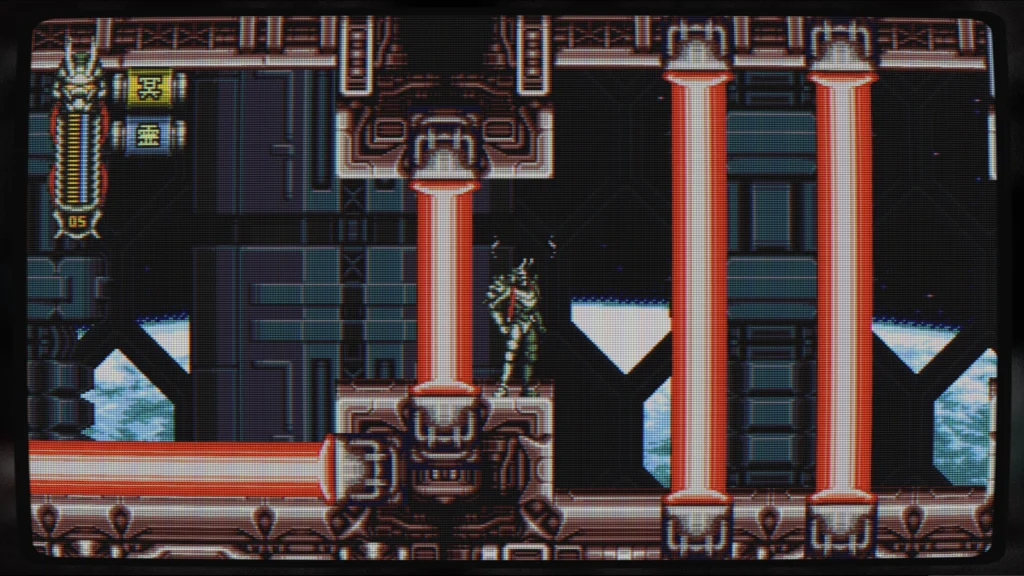
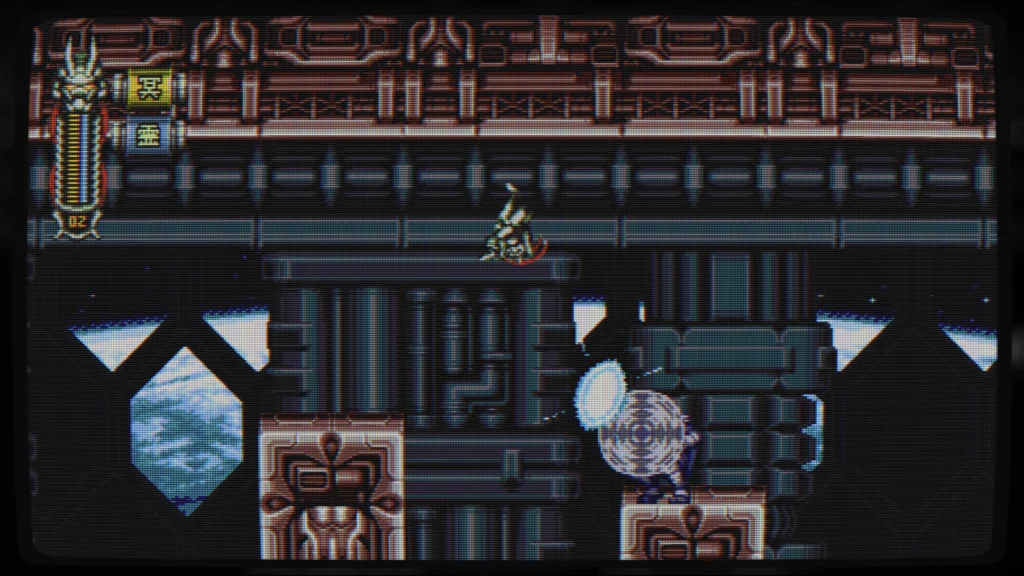
Should I get the flight jacket from the closet?
RATING - 78%
78%
Yes
It is not original and could be a little more challenging, but the honesty at its core will not go unnoticed by anyone over thirty.


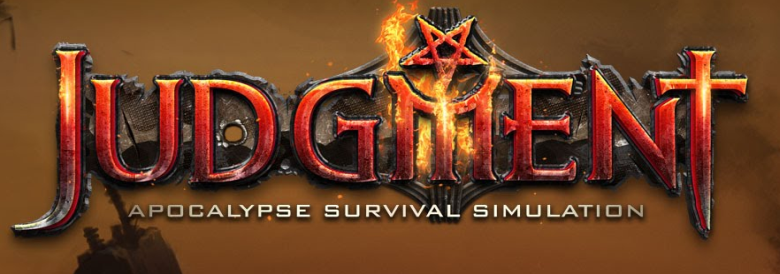
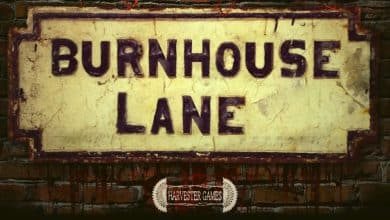


data-trpgettextoriginal=5 comments